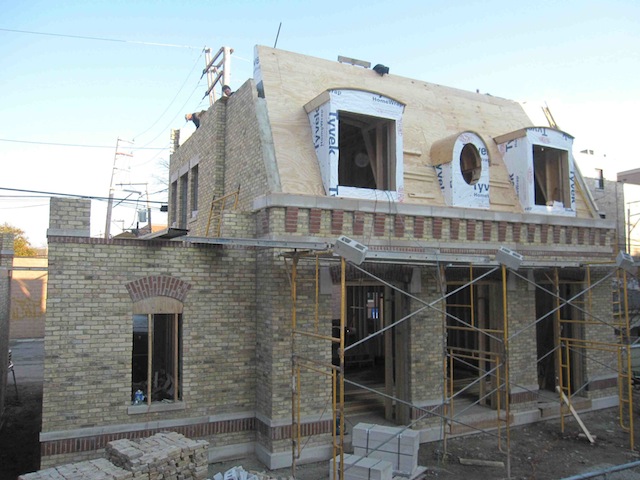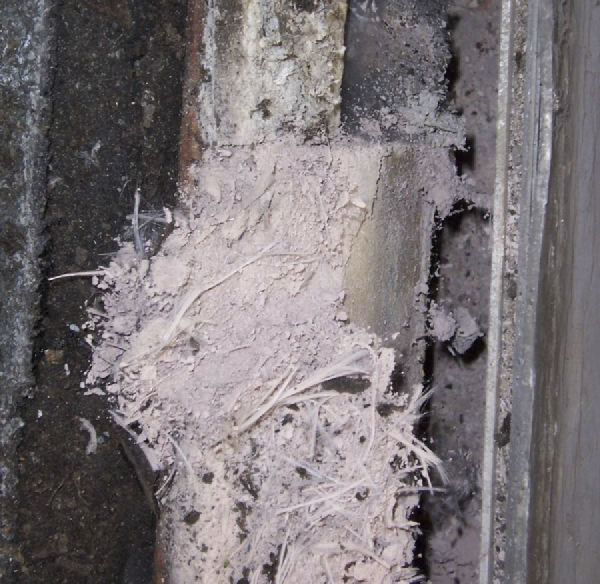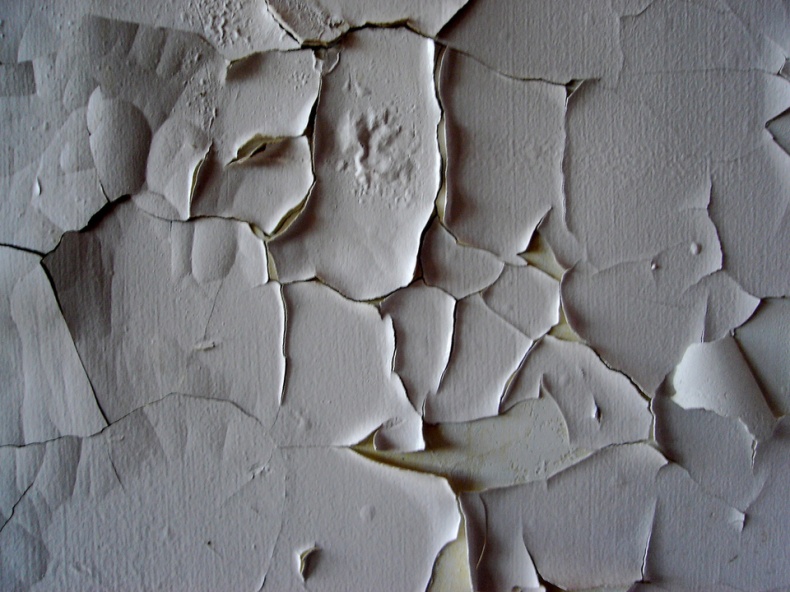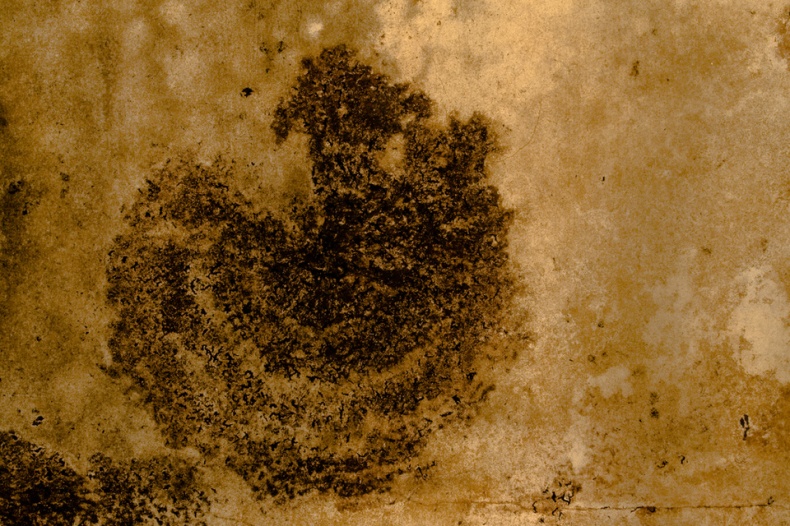Giving your home a facelift is always exciting, but these projects always involve a number of health risks. So you should treat renovations with special care. Canadian homeowners often prefer renovating their homes to buying a new home. The risks of remodelling are especially true of older houses â there's a higher chance that potential health risks lie behind the walls, whether it's lead in old paint, a mould infestation, or asbestos in the insulation. If you donât want to discover these hidden threats when itâs too late, you should contact an experienced contractor and discuss the possible hazards. Bruce Borden from Waldenhomes, a Toronto building and renovations company, remarked,
There are hazards in renovating older homes. A home should be tested prior to renovation for various hazardous substances such as asbestos, lead, mercury, mould, UFFI, and others. The Ministry of Labour requires that we complete a pre-demolition survey for designated substances prior to starting any large-scale renovations.

Home Renovation by leyla a
Anticipating potential hazards is the key to a safe renovation, as many older homes were built with materials found to cause health problems. These can be found in walls, floors, ceilings, paint, plumbing, insulation, adhesives, compressed wood, furniture, or other features of your home. These materials don't necessarily endanger your health alone and untouched, but once you pick up the sledgehammer, they can disperse into the air in your home. As Borden recommends,
Use an environmental consulting and engineering firm to conduct the test and provide a report. The investigation for designated substances and hazardous materials is largely visual, combined with sampling to determine the extent of hazardous materials associated with the site.
We've put together a list of some common harmful substances that may be uncovered when performing home renovation projects.
Asbestos
This harmful air pollutant can cause respiratory illnesses or even a rare form of cancer called mesothelioma. Even though most types of asbestos have been banned from any use in most countries, they can still be found in older homes â particularly in the pipes, ducts and furnace insulation, flooring, cement siding, floor tiles made, shingle materials, and older paint or wall patching materials.
The mere presence of asbestos in some parts of your house doesn't harm your health unless the asbestos-containing materials are disturbed. However, once they're physically disturbed, loose or crumbling asbestos fibres can be released into the air, posing a serious threat to your health.

Asbestos Fibres By sarflondondunc
If you think some features of your home might contain asbestos, have them examined by a professional. As Borden suggests,
In most projects, they [environmental consulting and engineering firms] will collect 50 to 70 samples throughout the house for asbestos and test for lead in paint. A designated substance report (DSR) will identify any areas in the house where specific measures by licensed contractors are required to handle and remove the materials.
The price for these reports varies depending on the size of the home and number of samples required. The price of the first three to five samples is around $125, and an additional sample costs approximately $65.
Lead
In 1976, the Canadian government introduced regulations limiting the amount of lead that can be added to interior paints. These limits were furthered by Canadian manufacturers in 2010, and lead can no longer be added to indoor paint. However, lead-based paints as well as lead-soldered pipes can still be found in older Canadian homes, and they pose a huge threat to residents.
Homes that were built in the 1960s or the early 1970s are more likely to contain this dangerous substance. Older paint that contains lead breaks or flakes and can easily get into house dust â especially if there are renovation works going on. Over-exposure to lead can cause anemia or impaired brain and nervous system functions. Lead is particularly threatening to children and pregnant women, as even low levels of lead can affect the growth of an unborn child.

Lead Based By Ken Fager
If youâre remodelling an older house, make sure your family doesn't spend time in the parts of the home where they could inhale dust from the working area. The entrance to the working area as well as other doors, windows, or vents should be covered â preferably with plastic. We recommend you remove the furniture from the room that's being renovated and turn off all air conditioning systems that could spread dust particles around the house. The best way to do this is to hire a lead-certified renovator or home renovating contractor.
Mould
"Mould" is a common term for any fungus that grows in humid parts of the house, such as the basement, bathroom, or kitchen, in places where there have been plumbing leaks or water seepage. Mould usually looks like a stain or smudge and it can grow inside on window sills, fabrics, carpets, walls, or pipes. Mould can be black, white, or almost any colour and it may smell musty. Mould reduces the air quality in your home, as it reproduces by launching spores into the air.
Inhaling mould can cause allergy problems, including mucus drainage, nasal discharge, irritated eyes, headaches, or symptoms of asthma. The health effects of mould differ depending on the amount of exposure as well as the personâs overall health and age. The most popular renovation projects, such as kitchen or bathroom remodelling, are very prone to mould growth, so keep in mind that the most common cause of mould is moisture. Again, the best way to minimize the risks is to contact a certified and experienced contractor. As Andrei Zaretski, manager of marketing and media relations for Building Industry and Land Development Association, told us,
Dangerous substances like mould, lead, or asbestos can hurt the resale value of your property, not to mention your ability to enjoy your home. Itâs important to address these matters with your renovator ahead of time. Make sure you use a professional renovator that has the knowledge and tools to help make your home a safe and pleasant place to live.

Moudly Wall By Ashley Burton
Volatile Organic Compounds
Volatile organic compounds (VOCs) are gases that contain carbon and hydrogen and can be emitted into the air as fumes by a number of indoor sources. They're in many household materials, such as plywood, particleboard, glues, fabrics, foam insulation, cigarette smoke, and household products including air fresheners or paint. They're also found in personal care products like perfumes or hair sprays and gasoline. VOCs can be released from products into the air even if the products aren't used.
The most common VOCs include formaldehyde, benzene, and toluene. Inhaling them can cause eye, nose, and throat irritation, headaches, nausea, dizziness, or skin problems. Plus, exposure to higher concentrations of VOCs may cause irritation of the lungs and even damage the liver, kidney, or central nervous system. Of course, each chemical has the potential to cause health problems, and the effects depend on the concentration as well as the length of exposure.
VOCs are widely used as ingredients in building materials and household products, so almost every remodelling project will involve the use of these chemicals. Fortunately, there are some steps you can take to reduce the amount of VOCs released into the air in your home. First of all, you should minimize the use of products containing such chemicals inside the living space of the house. If the work with VOCs can be done outside the living space, then it should be done there. You should also consider using pre-finished materials as well as solid wood with low-emitting finishes rather than engineered products like pressed wood. Before you decide to purchase a product, don't forget to ask whether it's made of low-emitting materials suitable for your project.
VS00VK





